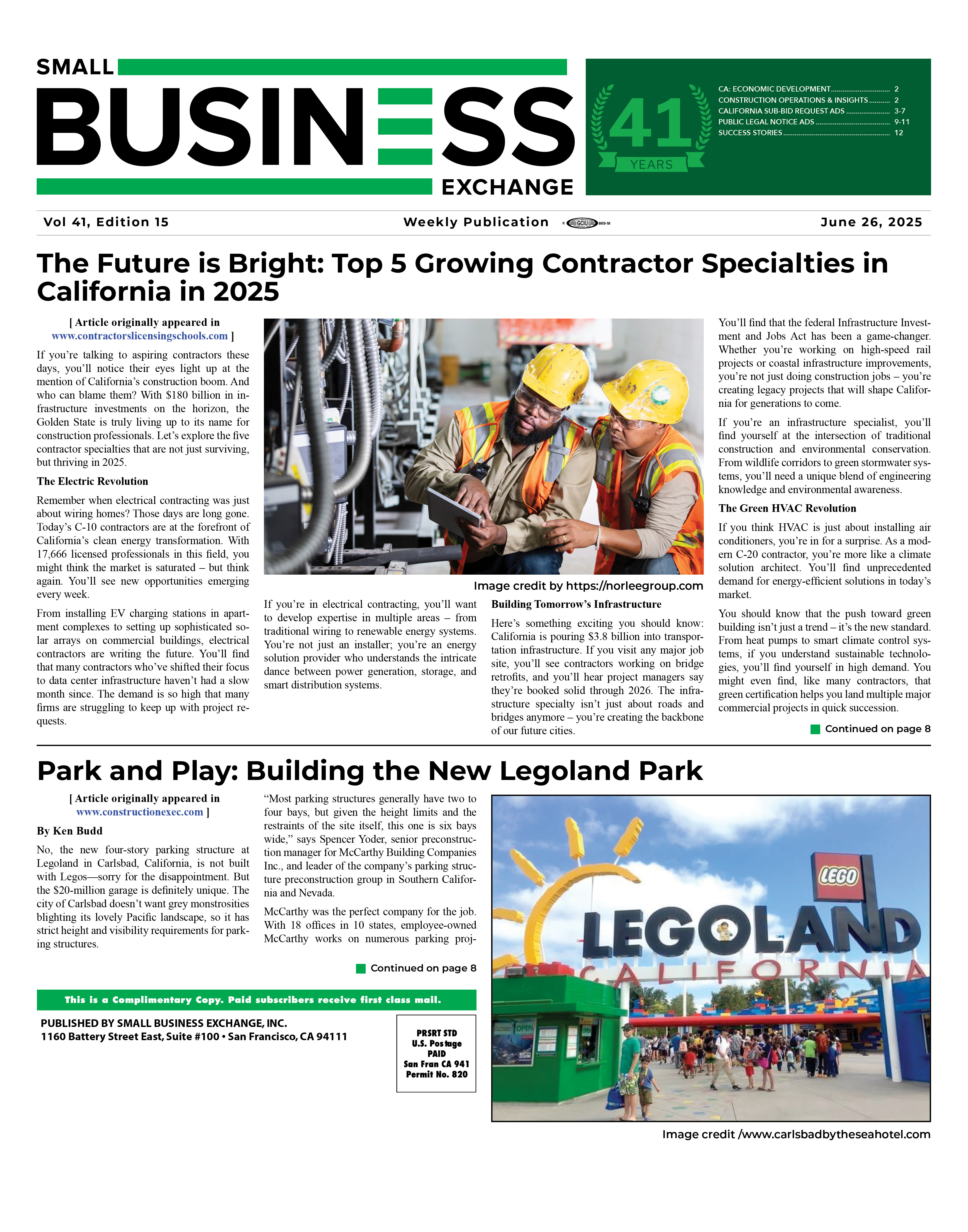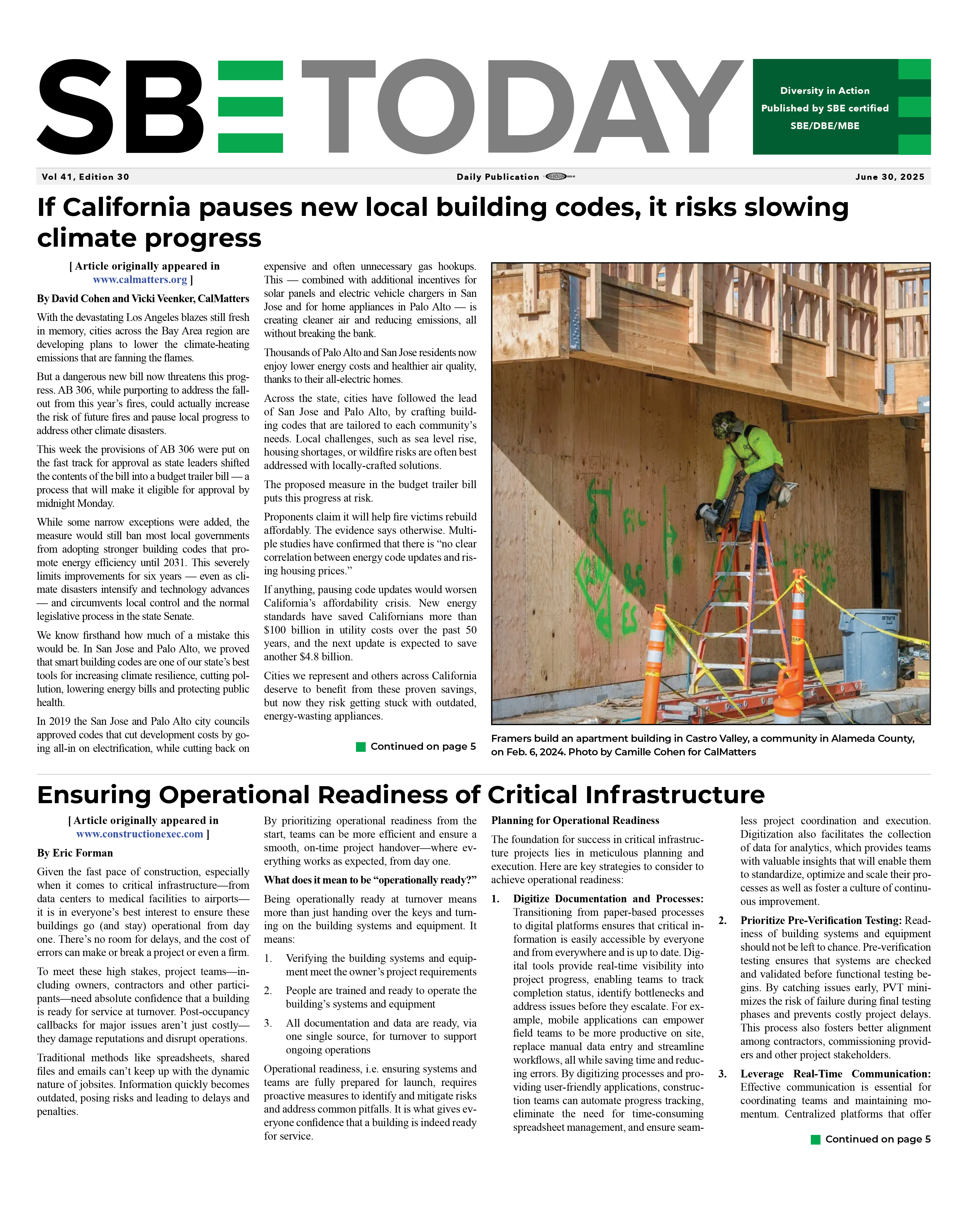|
|
Newsom’s Proposed California Budget: What Does It Mean for Climate Equity?
02/08/2020
By
In Governor Newsom’s recently announced Climate Budget proposal we see just how seriously California takes fighting climate change. The Governor proposes to invest over $12 billion in a span of five years under a strategy that seeks to mitigate the risks of climate impacts while also reducing greenhouse gases. The budget proposal includes several new approaches to resourcing California’s climate fight that many of us have championed for years and we are excited to explore their opportunities. Taken as a whole, however, the proposal falls short of meaningfully advancing equity and making the transformative investments necessary to comprehensively address climate change impacts in priority communities. We are eager to begin working with the governor’s team, the Assembly and the Senate to deliver a Climate Budget that fully addresses poverty and pollution at the same time. There is a lot to say about the governor’s proposal, the first move in a multi-month process culminating in approval of California’s budget to fight climate change for fiscal year 2020-2021. In this blog we focus on the budget proposal’s top four takeaways for climate equity. #1: Gov. Newsom Proposes an Integrated and Comprehensive Climate BudgetThis year’s proposal combines the Greenhouse Gas Reduction Fund , a Climate Resilience Bond, a Climate Catalyst Fund, General Fund One-Time Investments, General Fund Ongoing Expenditures, Existing Bond and Special Fund Expenditures to deliver a $12,483 billion investment strategy over five years to fight climate change. This contrasts with previous budget proposals that focused almost exclusively on the GGRF and did not seek multi-year investment strategies, making this year’s proposal significantly bigger in size and scope. The proposal incorporates several strategies that advocates have called for over several years, including a multi-year funding strategy, a favorable financing revolving loan fund, and a dedicated funding source for climate resilience and adaptation. Governor Newsom’s strategy opens up potential opportunities and could significantly increase the available resources to fight climate change. At the same time, however, because this is a more comprehensive and long term approach, California must ensure that the strategy does not leave important equity approaches out or lock in strategies with undeveloped equity design. While these numbers are significant, it’s worth digging deeper to see whether these investments direct meaningful resources toward the most under-resourced communities. #2: Climate Budget Needs a More Robust Equity Strategy Across the BoardWhile the governor’s proposal makes important investments that have the potential to advance equity, it is also missing an overall equity strategy, and we have questions about the new mechanisms that must be addressed before the Climate Budget is finalized. For the past several years, California has made real equity gains via climate policy and investments. In coalition with our partners and allies, we have worked since 2012 to meaningfully embed equity into the GGRF, one of the approaches included within Gov. Newsom’s budget proposal. This work has resulted in equity legislation, targeted funding and robust guidelines. In January 2019, the California Air Resources Board released its Third Investment Plan, a document guiding future investment priorities, and called for California to deepen its commitment to technical assistance and capacity building, community-led transformations, coordinated and comprehensive strategies, and equity. Making equity real in the GGRF looks like:
Gov. Newsom’s budget strategy has an opportunity to build upon the equity infrastructure already created through GGRF and can invest more significantly in transformative, community-led change. We encourage his administration to leverage the tremendous wealth of environmental justice and equity expertise available in California and not develop this important budget strategy in a vacuum. We all want to see this robust package of climate investments succeed and we all want to ensure the strategy advances climate equity in meaningful ways. #3: We Need to Invest in the Programs We Know Work for EquityWe need to invest in the programs that we know work--the most forward-facing programs that are driven by community leadership and that provide the most equitable outcomes to frontline communities. Unfortunately, here too, the governor’s budget proposal falls short. It significantly cuts programs that have built an equity infrastructure over the past several years, that center the leadership of impacted communities, and that provide multiple direct environmental, health and socioeconomic benefits. Greenlining supports the following budget allocations for programs that fight climate change, invest in community leadership and build community resilience:
We have lots more to say on how we want to see the Climate Resilience Bond address the needs of California’s most vulnerable communities. We’ll follow up with a deep dive on this in the coming weeks. #4: Fighting Climate Change is Going to be Costly. We Need Better and More ToolsIf we don’t make these upfront investments, California will suffer far more destruction through wildfires, extreme heat, sea level rise, flooding and other climate impacts. The economic impacts will be staggeringly high too. Protecting California from climate impacts, reducing pollution in the most polluted communities and building deep community resiliency will require far more than $12 billion over five years. Reversing decades of redlining and environmental pollution will require far more than what Gov. Newsom proposes. To raise the money needed to invest in fighting poverty and pollution we will need the governor, along with leaders in the Senate and Assembly, to consider progressive funding streams that can augment the resources available to fight climate change. We must consider all the available options and in doing so we must advance those that put the least strain on the people who already pay too much for our climate and economic crises.
California must continue to place the burden of cost on companies that profit from poisoning our air and water and we must true up the actual cost of their pollution. California must also explore mechanisms that target polluters from our new, convenience-driven economy and find ways to regulate them to clean up their operations and alleviate the strain they put on communities, infrastructure, and the environment. California will also need to continue to borrow, as is proposed in this year’s budget proposal. California will have to tax the most responsible. It is widely proven that the wealthiest contribute significantly more to climate change than the poor and that fossil fuel companies are responsible for our climate crisis. As the New Economic Foundation states, “Taxation is a vital tool for making sure the right people are paying for climate action, that pollution is discouraged, and that clean economic activity is given the leg up that it needs.” Back To News |
|





